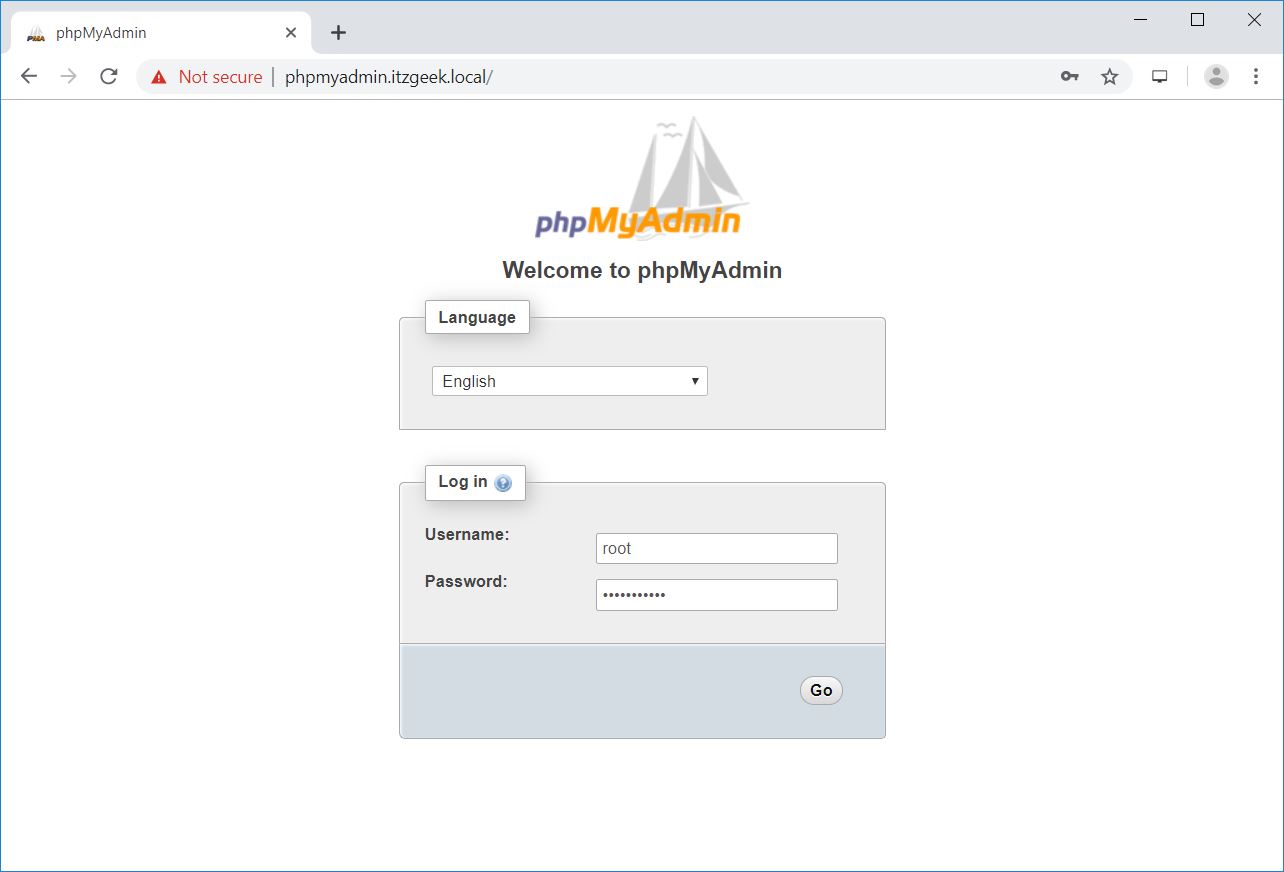

- #Centos install phpmyadmin how to
- #Centos install phpmyadmin software
- #Centos install phpmyadmin download
#Centos install phpmyadmin how to
In this fairly simple process, we have shown you how to install two of the most popular graphical administration tools for MariaDB and Postgres, running as web applications in your browser (and written in PHP) on the same server where your database service is running, and enabled remote access to them. Restart Apache and browse to the phpPgAdmin main page:.Sed -i "s,\(Require local\),\1\nRequire ip $NET,g" Here you can also add a Require ip /XX line with your defined subnet’s network address below the line Require local in the nf file, or use the sed utility to do this automatically for you: Allowing remote access to phpPgAdmin is very similar to phpMyAdmin.Before editing the phpPgAdmin main configuration, make a backup of it first:Ĭp /etc/httpd/conf.d/nf /etc/httpd/conf.d/.Installing and configuring phpPgAdmin in CentOSįollowing are the steps to install and configure phpPgAdmin:

#Centos install phpmyadmin software
In addition, you need to have enabled the EPEL repositories for installing the correct software packages (refer to process Using a third-party repository, Managing Packages with YUM).

Also, you will need a running Apache web server with PHP installed, which must be accessible from all the computers in your private network to deploy these applications. It is expected that your MariaDB or PostgreSQL server is already running using the processes found in this chapter division.
#Centos install phpmyadmin download
To complete this process, you will require a working installation of the CentOS 7 operating system with root privileges, a console-based text editor of your choice, and a connection to the Internet in order to facilitate the download of additional packages. In this process, we will show you how to install two of the most popular graphical open-source database management software for MariaDB and PostgreSQL on the market, namely phpMyadmin and phpPgAdmin, which are web-based browser applications written in PHP. This is also true for novice database administrators as such tools provide you with syntax highlighting and validation and some tools even have graphical representations of your databases (for example, showing Entity Relationship Models). The more complex your schemas and relationships between tables get and the more your data grows, the more you should consider using some graphical database user interfaces for better control and work performance. Working with the MariaDB or Postgres command-line shell is sufficient for performing basic database administration tasks, such as user permission settings or creating simple databases as we have shown you in this chapter division.


 0 kommentar(er)
0 kommentar(er)
